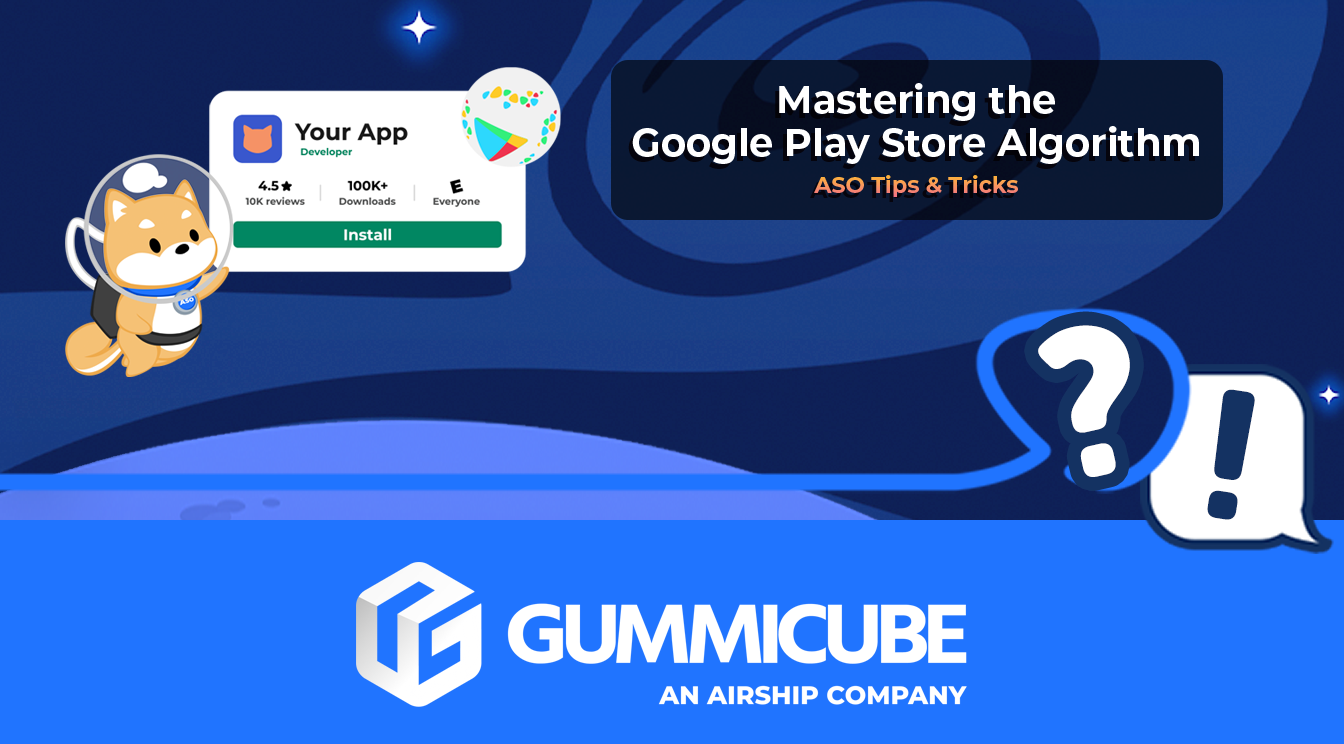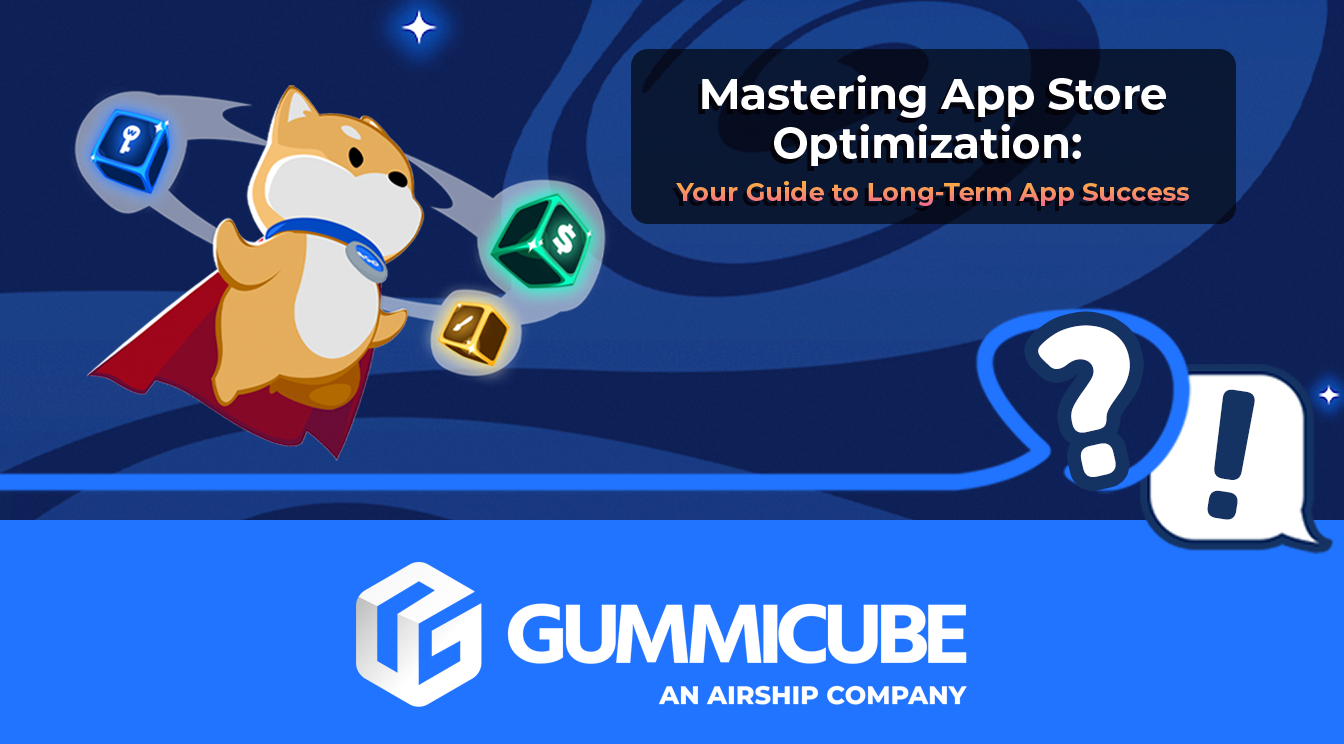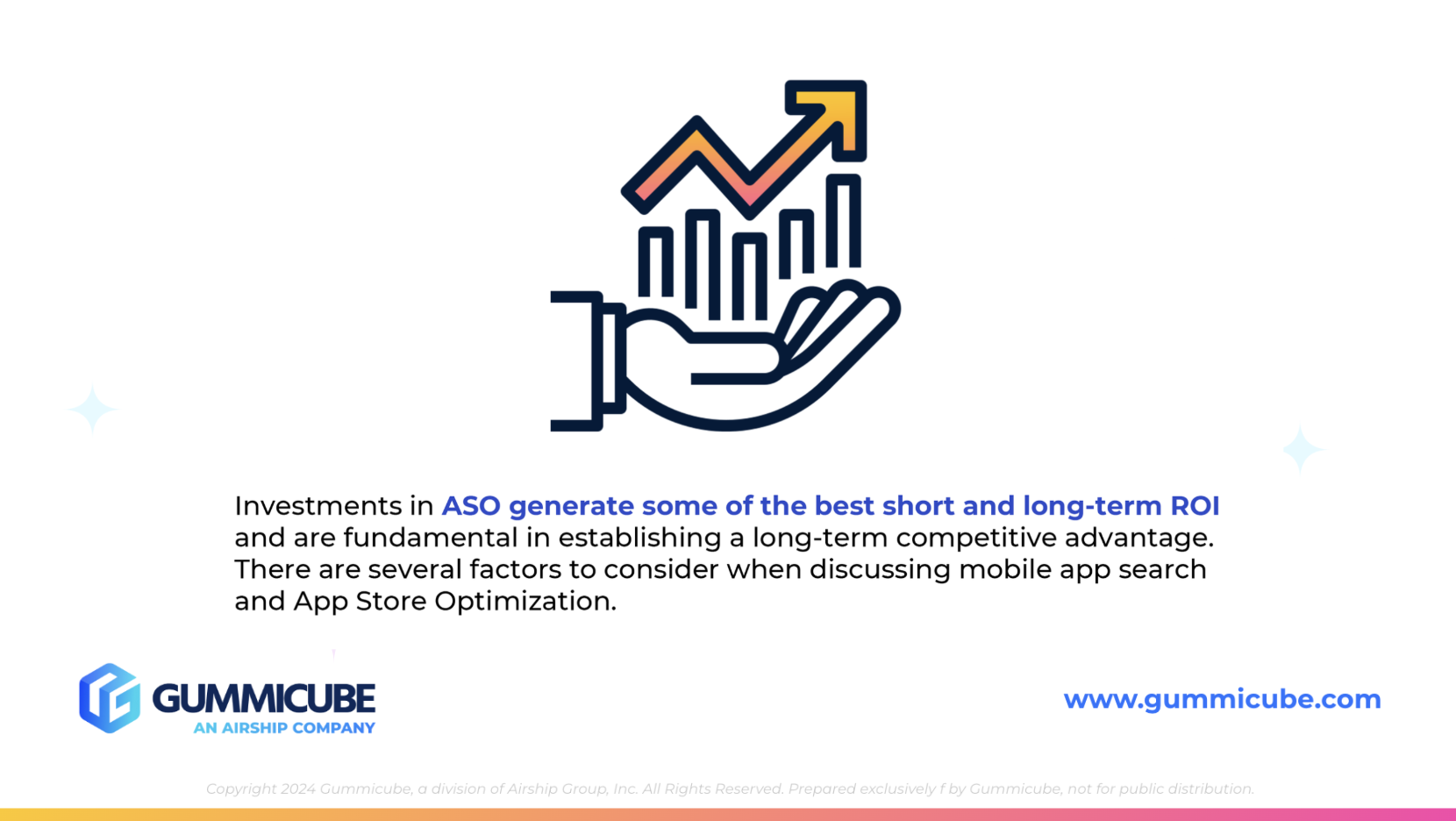
Mastering the Google Play Store Algorithm
Posted on April 16th, 2025
Learn how to work with the Google Play Store algorithm using high-level ASO strategies that improve visibility, performance, and long-term app success.

Positioning your mobile app for maximum visibility in the App Store and Google Play is more than just a one-time setup—it’s an ongoing process that requires strategy, testing, and refinement. With millions of apps competing for attention, standing out requires a well-optimized app listing tailored to how users search and engage. This process, known as App Store Optimization (ASO), is one of the most effective and sustainable ways to drive organic app downloads.
In this comprehensive guide, we’ll explore:
By the end, you'll have a clear understanding of why ASO is a critical component of app marketing success and how to approach it with a data-driven strategy. With the right optimizations in place, your app can not only gain visibility but also maintain its ranking, leading to sustained user acquisition and growth over time.

As the cost of paid user acquisition continues to rise, ASO remains the most cost-effective way to drive sustained organic growth. Unlike paid campaigns, which stop generating installs the moment funding is cut, ASO builds a foundation for ongoing discoverability and user engagement.
A fully optimized app listing can significantly improve an app's ranking in search results, leading to higher visibility and, ultimately, more downloads. By refining metadata, visuals, and conversion strategies, apps can see:
Investing in ASO means investing in long-term success. Rather than relying solely on paid acquisition strategies that deliver short-term bursts of traffic, ASO establishes a steady flow of organic downloads. Over time, this leads to higher retention rates, as users who discover an app organically tend to be more engaged and interested in its features compared to those acquired through ads.
Many developers focus solely on keyword optimization, but ASO extends far beyond that. Factors like conversion rate optimization (CRO), creative assets, and user sentiment play a crucial role in whether users decide to download an app. A holistic ASO strategy considers all these factors, ensuring an app remains competitive in the ever-evolving app store landscape.
By committing to ASO as a long-term investment, developers can create a sustainable pipeline for user acquisition that outperforms short-term marketing tactics. The key to success is continuous refinement—staying ahead of algorithm changes, monitoring performance, and making strategic updates that keep the app relevant and highly ranked.
App indexing plays a crucial role in how users discover apps. Both Apple and Google use different methodologies to determine which apps appear for specific searches, making it essential for developers to tailor their ASO strategies accordingly.
Apple’s App Store relies on metadata fields like:
Apple’s indexing system is highly structured, which means developers need to be strategic in how they allocate keywords. Since Apple does not index the full app description, every character in the app title, subtitle, and keyword field must be chosen carefully to maximize discoverability. A well-optimized metadata strategy ensures that an app remains competitive even as search trends evolve.
Google Play operates more like a search engine, analyzing:
Unlike Apple, Google relies heavily on the app description for keyword indexing. This means that developers can strategically place keywords throughout the long description to improve rankings. Additionally, Google’s use of engagement metrics means that an app’s ranking can fluctuate based on how well it retains users and maintains positive reviews.
Understanding these indexing differences is key to crafting an optimized listing. By aligning metadata and engagement strategies with the algorithms of each store, apps can achieve better visibility and ranking stability over time. The more an app aligns with each platform’s ranking factors, the better its chances of appearing in top search results and increasing downloads.
With 70% of all app downloads starting from a search, keyword placement is critical to an app’s visibility. Users rely on search results to find new apps, making it essential to include high-volume, relevant keywords in as many prominent places as possible.
Apple and Google both weigh the app title heavily when ranking search results. Including a primary keyword in the title increases the likelihood of appearing in searches for that term. The subtitle (on iOS) and the short description (on Google Play) offer an additional opportunity to reinforce keyword relevance.
While screenshots are primarily a visual tool, text overlays containing keywords can also impact search relevance. Google scans textual elements within the store listing, making it beneficial to integrate high-performing keywords into screenshot captions. These overlays not only reinforce the app’s value proposition but also improve conversion rates by clearly stating key features and benefits.
A strong ASO strategy goes beyond simply adding keywords—it requires a data-driven approach. Developers should:
By leveraging keywords strategically across metadata and creative elements, apps can significantly boost their discoverability. This approach ensures that when users search for solutions in the app stores, your app appears front and center.
ASO is an ongoing process that evolves alongside changes in search algorithms, user behavior, and market trends. By investing in ASO, developers can create a sustainable strategy that continuously drives organic growth without relying on costly paid campaigns.
Key takeaways from this guide include:
Ultimately, apps that commit to ASO as a long-term strategy will be in the best position to scale sustainably. With the right approach, developers can increase their app’s reach, drive higher-quality installs, and maximize revenue potential—all without relying solely on paid advertising.
ASO is a complex and ever-changing field, but you don’t have to navigate it alone. Whether you’re optimizing an existing app or launching a new one, refining your ASO strategy can make a significant impact on your app’s performance.
Want to dive deeper into ASO best practices? Download our 2025 ASO Whitepaper today and stay ahead of the competition with the latest data-driven insights.
Do you want to further discuss the latest app store trends or see how we can elevate your app with a quality ASO strategy? Let’s connect! The mobile app industry is evolving rapidly, and staying informed is key to long-term success. Let’s explore how you can optimize your app for greater visibility and growth!

Learn how to work with the Google Play Store algorithm using high-level ASO strategies that improve visibility, performance, and long-term app success.

Boost app installs with smarter App Store marketing. Learn how ASO, creative assets, and paid strategies work together to drive growth and visibility.

Choosing the right app category is crucial for ASO success, impacting visibility, rankings, and user growth. Discover how the wrong choice can hold you back.